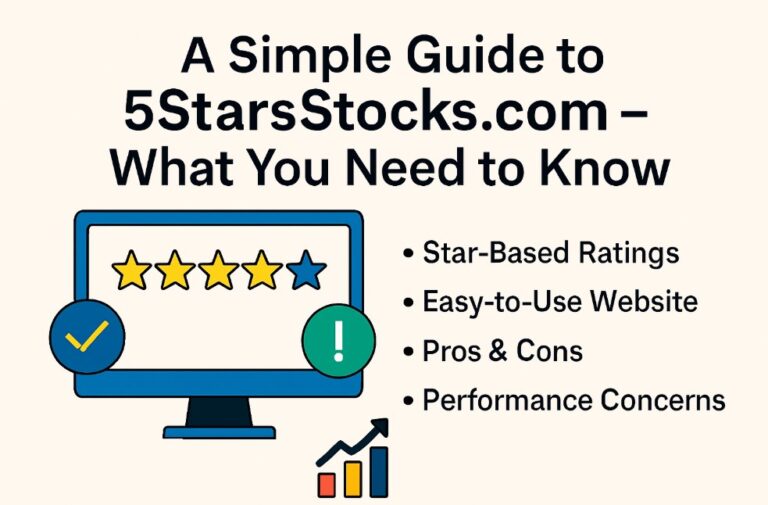Modern Talent Pool Strategies for Effective Hiring
Key Takeaways
Navigating today’s dynamic job market requires organizations to rethink traditional recruitment practices. A forward-looking approach involves building a strong foundation in talent pooling, a process where companies proactively create networks of potential candidates well in advance of a position opening up. This strategy not only future-proofs hiring efforts but also accelerates the ability to secure top performers when needs arise. As skill gaps widen and competition intensifies, companies are increasingly adopting innovative talent pool management techniques. The ability to access a warm bench of pre-qualified candidates allows organizations to respond rapidly, minimize hiring delays, and foster a resilient talent pipeline. Moreover, talent pooling goes beyond recruitment—it’s about building relationships with individuals who align with the organization’s values and future needs. Technology, data-driven insights, and a renewed focus on diversity and flexibility have fueled this transformation in recruitment practices. Organizations that excel in these areas can attract, engage, and retain high-quality candidates while keeping pace with the evolving landscape of the workplace. The following guide outlines key strategies for building and leveraging a modern talent pool to achieve sustained hiring success, offering clear, actionable steps for organizations seeking to stay ahead.
Building a Comprehensive Talent Pool
Proactively assembling a talent pool means preparing for the future rather than reacting to vacancies as they arise. A structured approach involves identifying talent sources, building relationships with prospects, and maintaining an up-to-date database of qualified candidates. According to a report by Testlify, companies that cultivate comprehensive talent pooling can dramatically reduce their hiring lead time and associated costs.
Successful organizations utilize alum networks, industry meetups, and employee referrals to cultivate a diverse and readily available talent pool. They engage potential candidates through ongoing communication, community involvement, and opportunities for skill development. By doing so, businesses are never starting from scratch, ensuring that talent pipelines remain robust, even in times of rapid scaling or organizational change.
Leveraging Technology in Talent Acquisition
Technology has revolutionized the way talent is sourced, screened, and hired. Applicant Tracking Systems (ATS) and AI-based tools now automate tedious administrative tasks, allowing recruiters to spend more time actively engaging with high-potential candidates. Tech-enabled hiring not only reduces manual workload but also improves candidate experience by enabling faster response times and more transparent communication.
According to SHRM, organizations that effectively utilize technology in talent acquisition benefit from increased efficiency, reduced hiring errors, and improved long-term retention. Regularly updating and training teams on new digital recruiting tools is key to staying competitive in a tech-driven job market.
Engaging Passive Candidates
Many of the best hires are not actively searching for a new job. Engaging passive candidates requires a thoughtful approach: personalized outreach, meaningful engagement, and a strong demonstration of organizational values. Building authentic connections on networking sites like LinkedIn, as well as through industry associations and alums communities, creates channels for ongoing dialogue with these valuable professionals.
Providing insight into company culture—through social media, blogs, and employee spotlights—captures the attention of talent not currently in the job market. Built In emphasizes leveraging these authentic touchpoints to turn passive interest into active applications when the right opportunity presents itself.
Implementing Diversity and Inclusion Initiatives
Prioritizing diversity and inclusion (D&I) is crucial for building agile, resilient teams that are capable of innovation and problem-solving. Actively seeking candidates from underrepresented backgrounds and fostering an inclusive workplace culture not only widens the talent pool but also enhances organizational performance. iCIMS reports that companies emphasizing diversity and inclusion (D&I) realize a 35% increase in productivity and are more adept at navigating complex business challenges.
D&I initiatives must go beyond compliance—they should be integrated into hiring strategies, from crafting inclusive job descriptions to removing unconscious bias from screening processes. Regularly measuring D&I efforts and adapting them as needed helps organizations remain both equitable and competitive.
Utilizing Data-Driven Recruitment Strategies
Making decisions based on solid recruitment data yields superior hiring outcomes. Measuring metrics such as time-to-hire, cost-per-hire, candidate quality, and diversity ratios enables hiring teams to pinpoint bottlenecks and optimize their processes. According to Manatal, organizations that leverage data analytics can expand their candidate pools tenfold and make significant strides toward more diverse, effective teams.
Data-driven insights help tailor outreach, focus resources where they’re most effective, and demonstrate recruiting ROI to business leaders. By constantly iterating based on clear metrics, organizations solidify their hiring strategies and prepare for future needs. Strategies used by leaders in this area can be found on Harvard Business Review.
Enhancing Employer Branding
In today’s talent-driven market, employer branding is a crucial differentiator. Crafting and communicating a compelling employer value proposition—through employee stories, workplace highlights, and organizational achievements—attracts like-minded professionals. FloCareer highlights the crucial role of storytelling and transparency in attracting both active and passive job seekers.
Social media platforms, career sites, and industry events are avenues for promoting the company’s mission and culture. Regularly showcasing positive employee experiences and unique benefits helps paint an attractive picture for prospective hires, making your organization an employer of choice.
Offering Flexible Work Arrangements
Flexibility in the workplace is no longer optional for attracting top talent; it’s a principal expectation. Options, including hybrid work, remote arrangements, flexible hours, and even job sharing, open up opportunities for a broader and more diverse range of candidates. According to Testlify, offering flexible schedules is a primary reason remote employees choose and stay with organizations.
Companies leading in flexible work design are finding improved retention, greater access to global talent, and higher overall employee satisfaction. Flexibility demonstrates an employer’s commitment to work-life balance and adapting to the evolving needs of the modern workforce.
Continuous Engagement and Relationship Building
Effective talent pool management is as much about ongoing nurturing as it is about sourcing and recruitment. Keeping talent engaged requires regular communication—whether via newsletters, personalized emails, or social media updates. OneUpSales emphasizes the importance of maintaining continuous touchpoints to keep candidates engaged with potential future roles.
By maintaining these relationships over time, organizations ensure that when the right opportunity arises, top-tier candidates are already warmed up and motivated to consider making a move. This approach transforms hiring from a reactive function to a strategic, relationship-driven process.
Utilizing modern talent pool strategies enables organizations to connect with top talent faster and with greater precision. By building comprehensive talent pools, embracing technology, advancing diversity initiatives, and committing to continuous engagement, companies are well-equipped to thrive in a constantly evolving job market.






